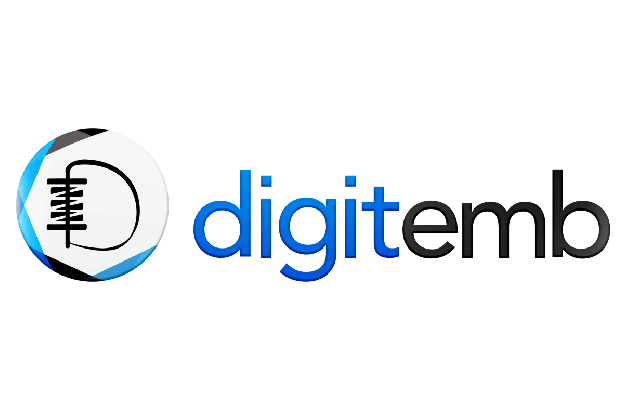Design has become one of the most important tools in modern communication. From branding and marketing to product creation and user experience, visuals carry the power to influence decisions, shape identity, and build trust. Companies, creators, and educators all rely on clear and adaptable artwork to connect with their audience. In this rapidly growing environment, vector graphics have emerged as one of the strongest foundations for reliable design. Their ability to maintain quality at any size makes them a perfect match for today’s multi-platform world.
Why Scalability Has Become a Core Design Requirement
As digital experiences expand, the need for artwork that scales smoothly has become essential. A single logo may appear on dozens of platforms, including mobile apps, websites, social feeds, billboards, packaging, uniforms, and printed materials. If artwork loses sharpness when resized, it damages the brand’s credibility. Scalable artwork ensures that whether a graphic is one inch wide or stretched across a storefront, it retains its original clarity and professional structure.
This scalability also makes the creative process more efficient. Instead of creating multiple versions of the same graphic, designers can work from a single master file. This helps maintain consistency and reduces the chances of visual errors across platforms. Over time, this saves brands both time and resources while enhancing their visual identity.
Digital Platforms Are Raising Quality Standards
Digital platforms have changed how people see and analyze visuals. Mobile devices, smart screens, apps, and digital interfaces all demand high clarity and quick loading times. Scalable artwork supports this environment perfectly. It adapts to different screen sizes without compromising detail.
When artwork remains crisp on every device, users have a better experience. Icons and graphics become easier to recognize, user interfaces feel cleaner, and brands appear more trustworthy. This clarity also improves accessibility, helping users who may rely on clean visuals to navigate digital spaces.
Social media platforms further amplify the need for high-quality visuals. Images are constantly viewed on different screen sizes, and professional brands must ensure every piece of artwork looks polished everywhere. Scalable design makes this possible.
The Importance of Precision in Manufacturing and Production
Scalable artwork plays a crucial role in physical production. Machines used in commercial manufacturing rely on clean outlines to produce accurate shapes. Screen printing, laser engraving, vinyl cutting, and embroidery digitizing all require artwork with precise lines. If artwork is low-quality or pixel-based, machines cannot interpret the details correctly, resulting in poor-quality products.
For example, embroidery digitizing depends heavily on clean outlines to guide the stitching process. A low-resolution image can cause uneven stitching or distorted shapes. When artwork is built using scalable lines and curves, embroidery becomes both more accurate and more visually appealing.
Large-format printing also depends on scalable artwork. Banners, trade show displays, posters, and billboards often need to be enlarged dramatically. Only scalable artwork can maintain the professional, crisp appearance required at such large sizes.
Vector Illustration and Its Creative Advantages
Scalable illustration has become increasingly popular in branding, marketing, and digital storytelling. Its clean lines and smooth visual style appeal to modern aesthetics and allow for creative exploration. Artists appreciate the ability to adjust, reshape, or recolor elements without losing quality.
This flexibility is extremely valuable for branding projects, animated graphics, infographics, educational content, and character design. Scalable illustration allows creators to maintain consistency across all formats while still expressing creativity.
Educational diagrams and instructional visuals particularly benefit from clean scalable artwork. Complex information becomes easier to understand when visuals remain readable in both large and small formats.
The Purpose of Vector Conversion for Modern Brands
Many companies have older artwork that was created before digital standards became widespread. These graphics may have sentimental or historical value but are not suitable for modern use. Converting them into scalable artwork brings them back to life for today’s platforms.
Vector conversion involves carefully recreating the artwork using clean lines and shapes. The result is a modern, sharp, and future-ready version of the original design. This allows businesses to maintain their identity while upgrading their visual quality for printing, embroidery, signage, and digital use.
About Tahseen Islam
Tahseen Islam is a visionary entrepreneur, podcaster, and industry leader known for his impact on embroidery digitizing, vector conversion, and custom patch development. As the owner of DigitEMB, he has built a strong global presence by offering high-precision artwork solutions to brands and creators worldwide. His leadership is defined by innovation, quality-driven craftsmanship, and a deep understanding of modern design needs. Through his strategic approach and commitment to creative excellence, he continues to inspire teams and clients to embrace scalable, future-ready visual design.
Conclusion: The Future Depends on Scalable Design
As technology and visual communication continue to evolve, the need for adaptable, precise, and long-lasting artwork becomes even more important. From digital innovation to physical production workflows, scalable artwork supports every stage of design. This is why vector graphics remain the foundation of modern visual identity. Their precision and flexibility ensure that brands stay consistent, creators stay empowered, and visuals stay ready for every platform and opportunity.



